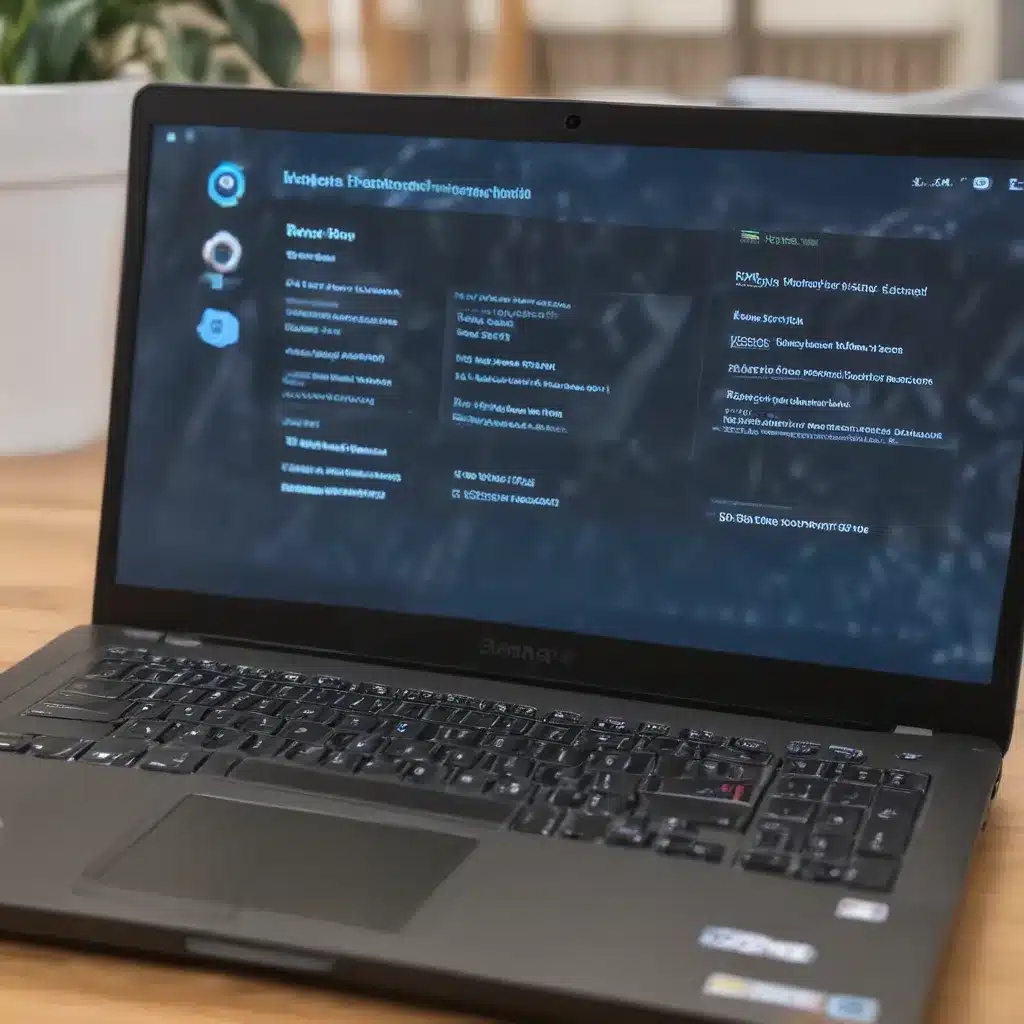How to Secure Your Data in the Cloud in 2024
As we move more of our data and applications to the cloud, data security becomes increasingly important. Here are some best practices for securing your data in the cloud in 2024:
Use Encryption
Encryption should be used to protect sensitive data in transit and at rest. Look for cloud providers that offer encryption for data transmissions, file systems, and databases. Enable encryption everywhere possible.
Some types of encryption to use:
- Transport Layer Security (TLS) to encrypt connections
- File system encryption to encrypt cloud storage
- Database encryption to protect structured data
Make sure proper key management procedures are in place.
Limit Access and Permissions
Limit access to data and cloud resources based on the principle of least privilege. Set strict permissions on who can view, edit, delete and configure cloud resources.
Some best practices:
- Use role-based access controls (RBAC)
- Require multi-factor authentication (MFA)
- Establish user access tiers
- Continuously monitor for unauthorized access
Rotate access keys and passwords regularly.
Enable Security Features
Take advantage of native security tools offered by cloud providers:
- Virtual private clouds (VPCs) to isolate cloud resources
- Web application firewalls (WAF) to protect web applications
- Cloud access security brokers (CASBs) to monitor cloud usage
- Configuration monitoring to audit cloud configurations
Actively scan for misconfigurations and vulnerabilities.
Use Separate Accounts
Use separate cloud accounts or subscriptions for development, staging, and production to reduce the blast radius from any breach. Segregate high risk applications and data sets into separate accounts.
Limit cross-account access with granular permissions and controls.
Perform Regular Backups
Maintain regular backups of critical cloud data and resources. Test restoration processes frequently. Store backups in different cloud regions or accounts for isolation.
Use versioning capabilities of cloud storage services to protect against malicious edits, ransomware, and accidental deletions.
Monitor Usage and Changes
Use tools provided by your cloud vendor to monitor account activity and changes. Look for anomalous usage patterns that could indicate compromised credentials or malicious insiders.
Send security alerts to SIEM or monitoring platforms. Review logs regularly for signs of misuse or unauthorized access.
Adopt a Zero Trust Model
Treat all access as untrusted by default. Verify identity, context, and policy adherence before granting least privileged access. Log, monitor, and inspect all access and changes.
Use microsegmentation and software-defined perimeters to minimize lateral movement after a breach.
Work With Cloud Security Experts
Consider working with third party cloud security platforms tailored for your specific cloud provider. Look for offerings focused on data security, compliance, infrastructure entitlement management, and cloud security posture management.
Engage independent auditors to assess the security of your cloud environment and workloads on a regular basis. Address any gaps found during audits.
Stay up to date on new threats, security features, compliance regulations and best practices. Cloud security is rapidly evolving – what is secure today may not be tomorrow.













